AI Beauty Filters on Social Media: Risks and Regulations
AI-powered beauty filters have become a staple feature on social media platforms like TikTok, Snapchat, and Instagram. These filters can instantly enhance facial features, smooth skin, and apply makeup effects, creating an idealized version of oneself. While such tools offer fun and creative ways to engage online, they also pose significant risks, especially for minors. Excessive use of these filters can distort young users' body image, contributing to body dysmorphia and mental health issues. This article explores the challenges surrounding AI beauty filters for minors, reviews notable industry cases, and offers guidance for responsible usage.
Part 1: AI Beauty Filters and Their Impact on Minors
1. Understanding AI Beauty Filters
AI beauty filters use advanced algorithms to detect facial features and automatically enhance or alter them in real time. Common effects include skin smoothing, slimming facial contours, enlarging eyes, and applying virtual makeup. For teenagers, whose self-identity and body image are still developing, these altered images can create unrealistic standards of beauty.

2. The Good and Bad Sides of Beauty Filters
The Good Sides of Beauty Filters:
- Creative Expression: Filters allow users to express themselves in artistic and playful ways, enabling personalization and creative freedom.
- Confidence Boost (Temporarily): Some people feel more confident when using filters, which can encourage them to participate more actively in social media conversations or post content.
- Content Enhancement: Filters can improve lighting, sharpness, and overall image quality, making posts more visually appealing without requiring advanced editing skills.
- Branding and Aesthetic Consistency: For influencers and creators, filters help maintain a cohesive look or aesthetic that supports personal or professional branding.
- Virtual Try-On Tools: Some filters simulate makeup or hairstyle changes, helping users preview looks before making real-life changes or purchases.
The Bad Sides of Beauty Filters:
- Distorted Body Image: Overuse can lead to unrealistic beauty standards, especially among teens, causing dissatisfaction with natural appearance.
- Mental Health Risks: Studies link heavy filter usage with increased anxiety, low self-esteem, and body dysmorphic disorder (BDD), particularly in young people.
- Addiction to Altered Appearance: Some users may feel unable to post unfiltered photos, relying on filters to feel "acceptable" or attractive online.
- Misinformation and Deception: Heavily filtered photos may mislead viewers, affecting authenticity and trust-especially in influencer marketing or dating profiles.
- Peer Pressure and Comparison: Filters contribute to a social environment where idealized looks are normalized, increasing pressure on teens to conform.
- Privacy and Data Concerns: Many filters use facial recognition technology, raising questions about how platforms store and use biometric data.
3. How Beauty Filters Impact Minors
Repeated exposure to filtered images can distort a young person's perception of their natural appearance. Studies have shown that excessive use of beauty filters may lead to body dysmorphic disorder (BDD), a mental health condition characterized by obsessive focus on perceived flaws. Adolescents affected by BDD often experience low self-esteem, anxiety, and depression.
Furthermore, social media's algorithmic nature - rewarding "perfect" or filtered images with more likes and views - can reinforce these harmful beauty ideals. This cycle pressures minors to rely on filters, sometimes blurring the line between digital enhancement and real identity.
Part 2: Case Studies and Legal about AI Beauty Filters
1. Snapchat Lawsuit in California (2022)
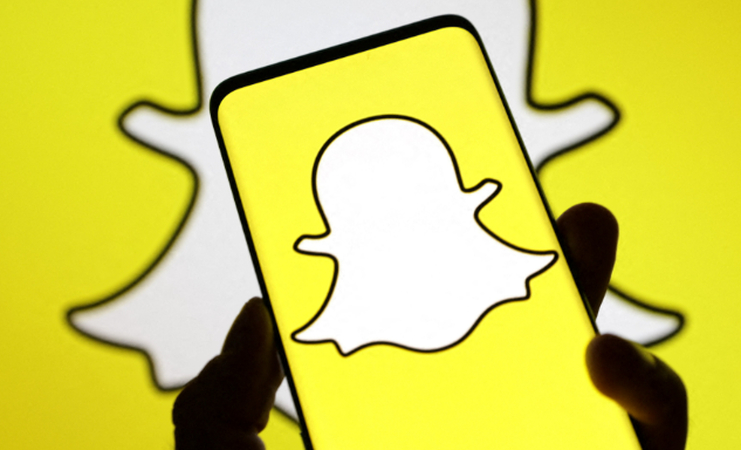
In 2022, Snapchat faced a high-profile class-action lawsuit in California after allegations surfaced that its popular beauty filters contributed to an epidemic of body image anxiety among teenagers. Plaintiffs argued that Snapchat failed to warn users, especially minors, about the psychological risks of repeatedly altering their appearance through AI filters.
This lawsuit spotlighted social media companies' responsibilities in protecting vulnerable users. It raised important questions about how platforms might mitigate harm without stifling creative expression. The case also heightened public awareness of the long-term mental health consequences linked to filtered self-images.
2. TikTok's "Beauty Risk" Warning Feature
In response to growing concerns, TikTok introduced a "Beauty Risk" warning feature designed to inform users about the potential negative effects of AI filters. When users select certain beauty-enhancing filters, a pop-up notification explains that the filter may distort their appearance and affect self-esteem.

This proactive approach reflects TikTok's efforts to comply with emerging regulations and demonstrate social responsibility. By increasing transparency, the platform helps minors develop healthier awareness about the artificial nature of filtered images and encourages more mindful use.
3. The UK Online Safety Bill: Age Labels and Transparency
Inspired partly by such cases, the UK government proposed the Online Safety Bill, which includes provisions aimed at protecting children from harmful content, including misleading AI beauty filters. The law mandates social media platforms to apply age-rating labels on filters that significantly alter a person's appearance, ensuring that users and guardians are aware when such tools are in use.
These regulations require platforms to introduce clearer warnings and impose restrictions on filter availability for underage users. The goal is to prevent minors from developing unrealistic beauty expectations and safeguard their mental well-being.
Part 3: Best Practices for Responsible Use of AI Filters
While AI beauty filters are here to stay, their responsible use, especially by minors, requires guidance and awareness. Parents, educators, and platform developers all play a vital role in ensuring young users interact with these tools in healthy, informed ways.
Tips for Minors using AI Beauty Filters
- Limit filter use to creative or fun purposes, rather than routine self-presentation.
- Follow diverse influencers and creators who share unfiltered, body-positive content.
- Take regular "filter-free" breaks to reconnect with your natural appearance.
- Talk to a trusted adult or counselor if you find yourself feeling anxious or unhappy about your appearance online.
Tips for Guardians and Educators
- Have open conversations about digital self-image, filters, and peer pressure.
- Set age-appropriate boundaries on social media use and app features.
- Model positive behavior by limiting filter use in your own online activity.
- Use parental control settings where available to manage filter access.
Part 4: How to Enhance Your Photo to Arouse Attraction
For those looking to edit photos in a way that respects natural beauty and mental well-being, tools like HitPaw FotorPea offer a healthy alternative. This AI-powered photo editor provides subtle, natural-looking enhancements and image restoration features without pushing unrealistic beauty ideals. Encouraging the use of safe, compliant editing tools like HitPaw FotorPea can help teens maintain a healthy relationship with digital appearance, balancing creativity and self-respect.
How to Enhance an Image - 2025 Tutorial
Why Choose HitPaw to Make Your Photos Vivid
- AI-based photo repair and enhancement
- Non-invasive retouching for blemishes or lighting
- Privacy-conscious editing without facial data extraction
- No "beauty score"or toxic appearance-based gamification
- Enhance image quality with the 16K Photo Enhancer in one click
- Cutting-edge AI Face Model can make pictures less blurry and produce natural outcomes
How to Use HitPaw to Enhance Your Photo using AI Face Model
Step 1: Upload the Original Photo
Click on Enhance Photos Now to import your image, or simply drag and drop the photo directly into the interface. HitPaw FotorPea supports popular image formats including JPG, JPEG, PNG, WEBP, TIFF, etc.
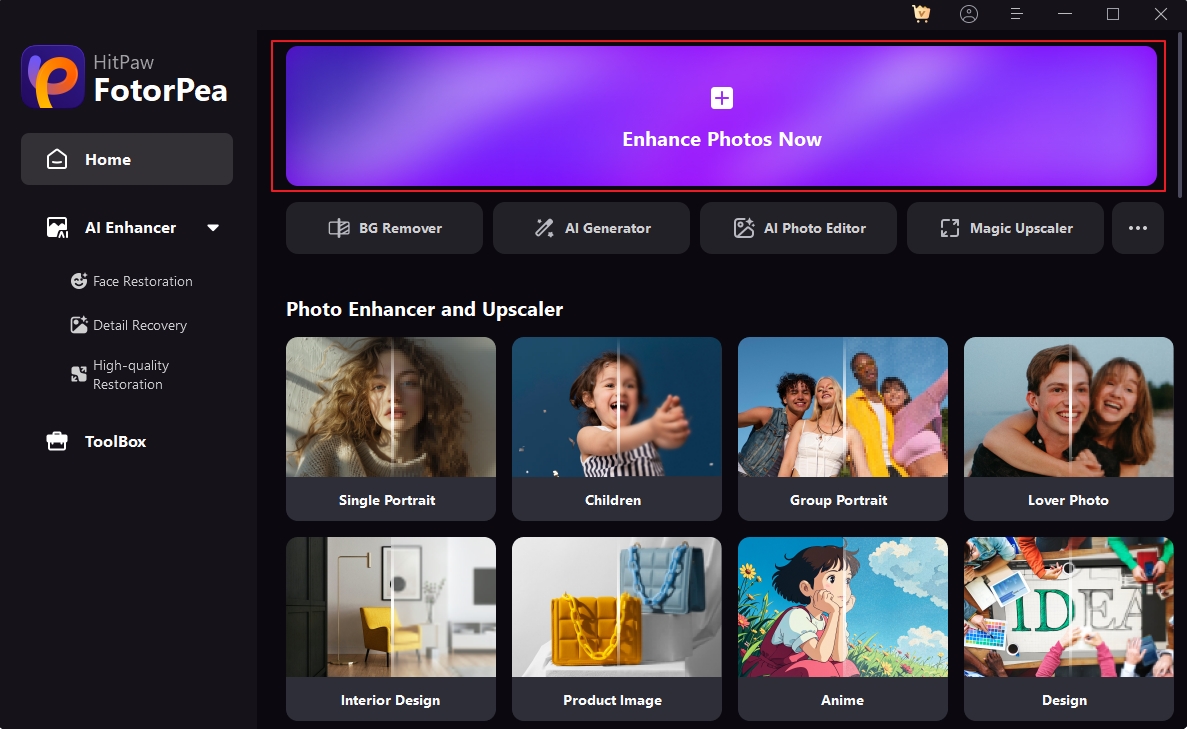
Step 2: Choose the AI Face Model for Your Photo
FotorPea offers a powerful range of AI models to meet diverse image enhancement needs. The Face Model is specifically designed to enhance portrait images. It detects and refines facial regions with precision, making it ideal for headshots, selfies, and group photos. Here are three enhancement modes you can choose:
- Soft (Default): Smoothly enhances facial features while preserving natural textures. Great for general portrait enhancement.
- Soft (V2): An advanced version that balances detail enhancement with a more refined and natural skin finish.
- Sharp: Emphasizes facial outlines and edges, perfect for low-resolution faces or when facial details are unclear.
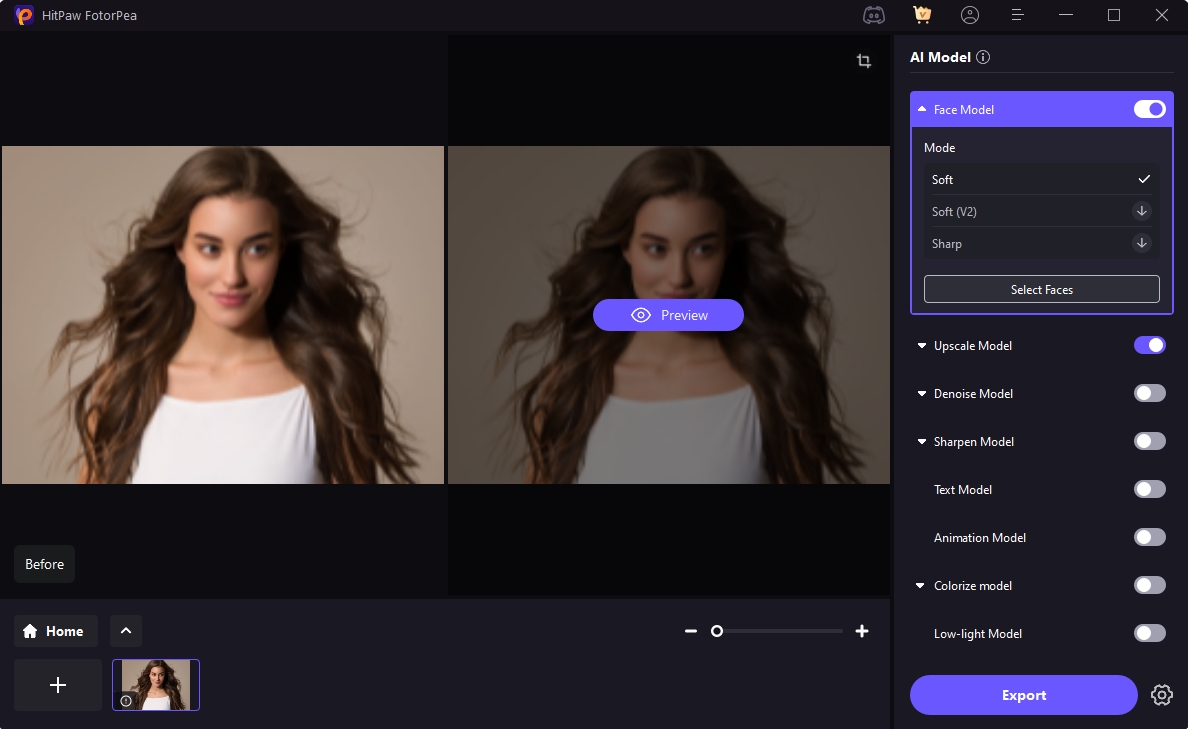
Step 3: Preview the Enhancement Effect
After choosing your preferred mode, click the "Preview" button to see the effect. This allows you to compare results instantly and ensure the final image looks just the way you want.
Step 4: Export Your Enhanced Photo
When you are satisfied with the final enhancement, click "Export" to save your high-quality, enhanced photo to your device.

HitPaw FotorPea allows you to enhance a batch of photos to save more time, and supports using Multi-Model Processing to combine multiple enhancement models, like Face Repair, Upscale, and Denoise.
FAQ about using AI Beauty Filters
Q1. What are AI beauty filters and why are they controversial?
A1. AI beauty filters use machine learning to modify facial features in photos and videos. They're controversial because they can promote unrealistic beauty standards, especially among minors.
Q2. How do beauty filters affect teenagers' mental health?
A2. Filters can lead to body dissatisfaction, low self-esteem, and even mental health disorders like body dysmorphia by encouraging constant comparison with idealized, edited versions of oneself.
Q3. How does TikTok help protect users from beauty filter risks?
A3. TikTok has implemented a "Beauty Risk" warning that informs users when a filter could potentially distort self-image, helping to raise awareness about overuse.
Q4. Can parents control or limit their children's use of filters?
A4. Yes. Many platforms offer parental controls, while guardians can also guide their children by discussing filter use and modeling healthy digital habits.
Conclusion
AI beauty filters, while creative and engaging, can have a deep psychological impact on minors. As platforms continue to innovate, regulatory frameworks, parental guidance, and ethical design must keep pace. By learning from real-world cases like Snapchat's lawsuit or TikTok's proactive warnings-and by choosing safer tools like HitPaw FotorPea-we can create a healthier digital space that nurtures confidence, not comparison. Protecting young people's mental well-being in the age of AI means promoting both awareness and responsibility, one filter at a time.




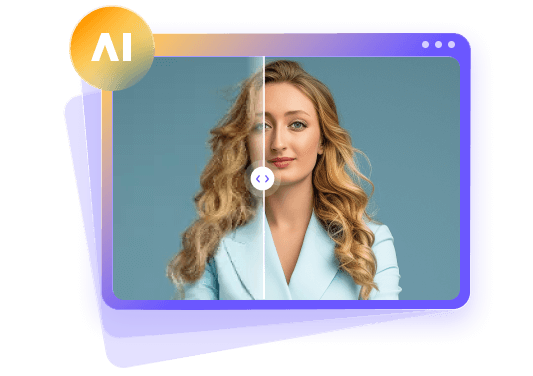





 HitPaw Univd (Video Converter)
HitPaw Univd (Video Converter)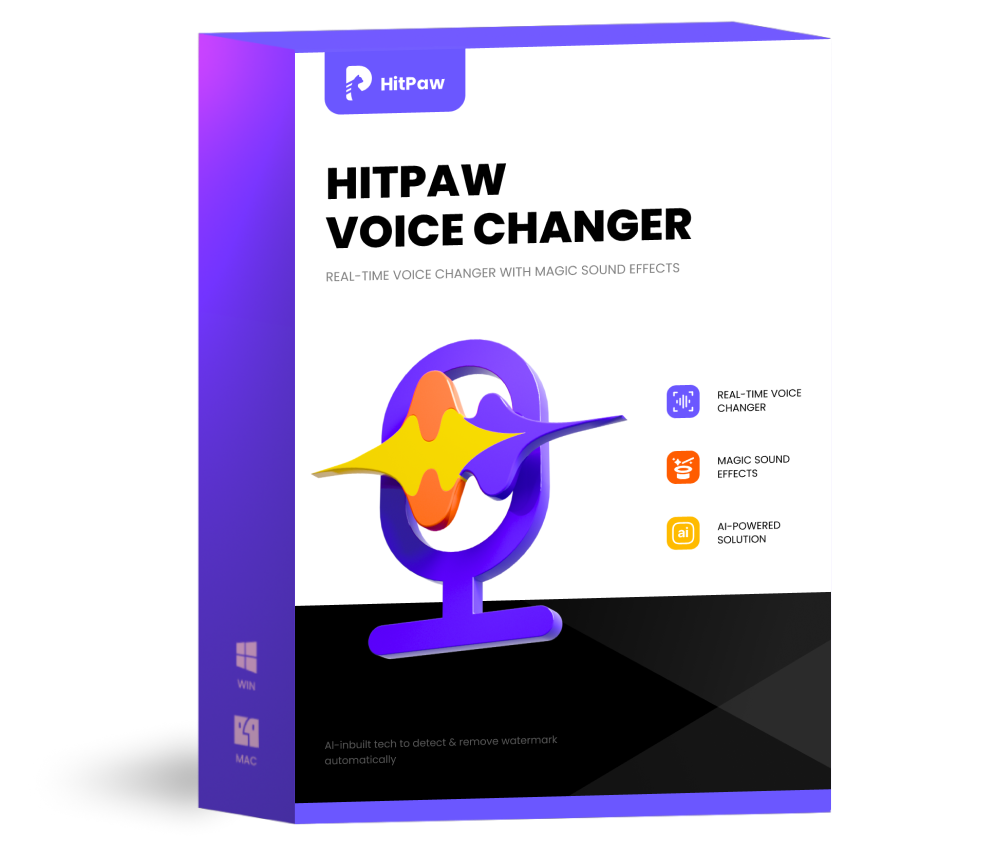 HitPaw VoicePea
HitPaw VoicePea  HitPaw VikPea (Video Enhancer)
HitPaw VikPea (Video Enhancer)
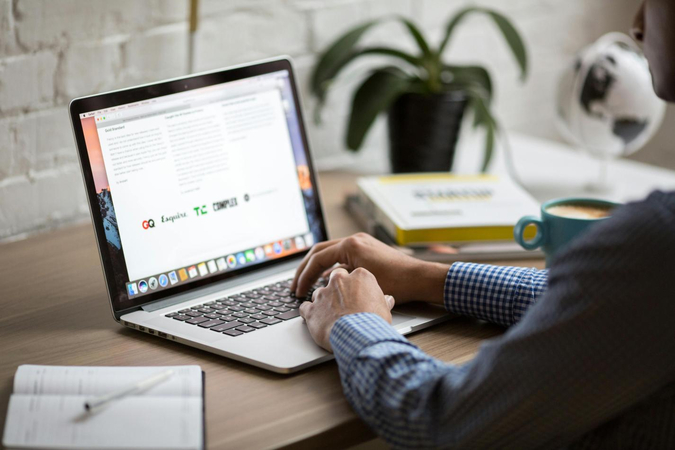


Share this article:
Select the product rating:
Daniel Walker
Editor-in-Chief
This post was written by Editor Daniel Walker whose passion lies in bridging the gap between cutting-edge technology and everyday creativity. The content he created inspires the audience to embrace digital tools confidently.
View all ArticlesLeave a Comment
Create your review for HitPaw articles